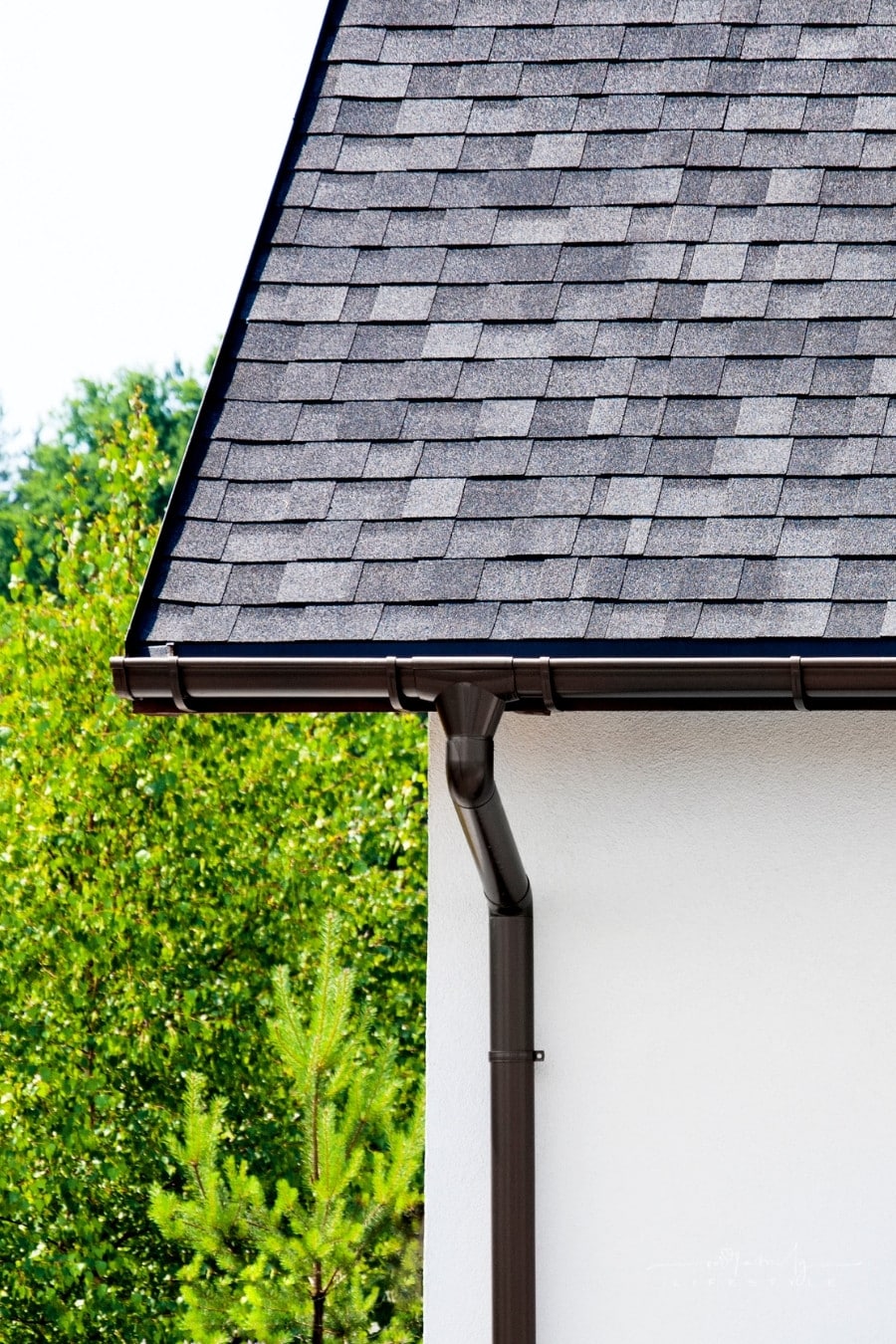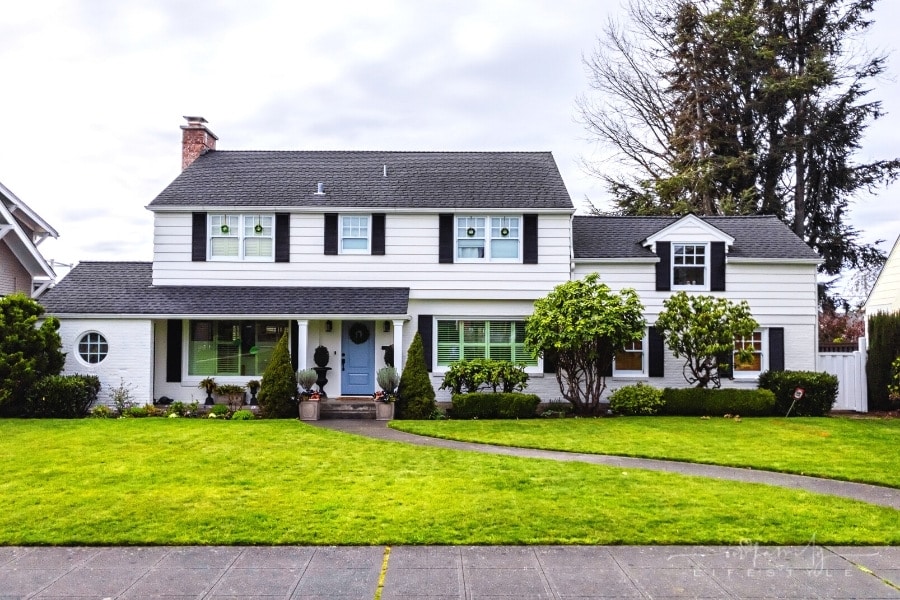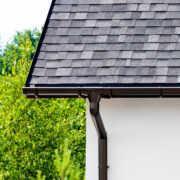Essential Tips for Maintaining a Long-Lasting Roof
Your roof is one of the most crucial components of your home, providing protection against the elements and maintaining structural integrity.
However, like any other part of your house, it requires regular maintenance, ensuring longevity and effectiveness.
By implementing proper care and maintenance routines, you can extend the longevity of your roof, preventing costly repairs or replacements down the line.
This comprehensive guide explores essential tips for maintaining a long-lasting roof, covering everything from inspection and cleaning to addressing common issues and seeking professional assistance.

Schedule Regular Inspections
Regular roof inspections are vital for identifying potential issues early, and addressing them before they become more significant problems.
Aim to inspect your roof at least twice a year, assessing its condition and identifying any signs of damage or wear.
During inspections, look for missing or damaged shingles, signs of water damage, leaks, sagging areas, and debris buildup.
Addressing these issues promptly can help prevent further damage and prolong the life of your roof.
According to a seasoned residential roofer in Rochester, New York, regular inspections are crucial for maintaining the integrity of your roof.
By catching minor issues early, you can address them before they worsen and avoid more extensive damage to your roof and home.
Clean Gutters and Downspouts
Clogged gutters and downspouts usually lead to water backup, causing water damage to your roof and the interior of your home.
Clear your gutters and downspouts of leaves and dirt to allow proper drainage of rainwater.
Clean gutters regularly, especially after heavy storms or during the fall when leaves are falling, to prevent blockages and water buildup.
Consider installing gutter guards, minimizing debris accumulation, and making gutter maintenance easier.
Overhanging branches from nearby trees can threaten your roof, especially during storms or high winds.
Trim back branches hanging over your roof to prevent them from rubbing against shingles, causing damage, or falling onto the roof and causing punctures or structural issues.
Additionally, trimming branches away can help reduce debris buildup, which can contribute to clogged gutters and water damage.
Repair Damaged Shingles Promptly
Damaged or missing shingles compromise the integrity of your roof, leaving it vulnerable to issues such as water damage. Inspect your roof regularly for curling, cracking, or missing pieces.
Replace damaged shingles promptly to prevent moisture from seeping into the layers of the roof and causing further deterioration.
Additionally, secure loose shingles with roofing cement or nails to prevent them from becoming dislodged during storms.
Address Leaks Immediately
Leaks are a common issue with roofs, leading to water damage, mold growth, and structural problems if left untreated.
If you notice signs of a leak, such as water stains on the ceiling, dripping water, or dampness in the attic, address it immediately to prevent further damage.
Locate the source of the leak, and repair it promptly, whether it’s a damaged shingle, cracked flashing, or deteriorated sealant around vents or chimneys.
Consider hiring a professional roofer to assess and repair leaks, as they have the expertise and tools to identify and fix issues accurately.
Maintain Proper Ventilation and Insulation
Proper ventilation and insulation are essential for maintaining a healthy roof and preventing moisture buildup and ice dams.
Ensure your attic is adequately ventilated, allowing air circulation and avoiding heat and moisture buildup, which can lead to shingle deterioration and mold growth.
Additionally, adequate insulation helps regulate indoor temperatures and prevents ice dams from forming on the roof’s edges during winter.
Inspect and maintain attic vents, soffit vents, and insulation regularly to ensure optimal performance and energy efficiency.
Monitor for Signs of Mold and Algae
Mold and algae growth on the roof can detract from its appearance and compromise its integrity over time.
Look for signs of mold or algae growth, such as dark streaks or shingle patches, especially in areas that receive limited sunlight or are prone to moisture buildup.
Use a water and bleach solution or a commercial roof cleaner to remove mold and algae growth safely.
Avoid pressure washing, and consider installing zinc or copper strips along the roof’s ridges to inhibit mold and algae growth over time.
While homeowners can perform many roof maintenance tasks, some require the expertise and equipment of professional roofers.
Consider hiring a professional roofing contractor for inspections, repairs, and major maintenance projects.
Professional roofers have the knowledge, experience, and tools to assess the condition of your roof accurately and perform repairs or maintenance safely and effectively.
Additionally, scheduling regular professional roof maintenance can help extend the lifespan of your roof and ensure its continued performance and durability.
Maintaining a long-lasting roof requires a proactive approach to care and maintenance, from regular inspections and cleaning to addressing issues promptly and seeking professional assistance.
By implementing the essential tips outlined in this guide, you can protect your roof against damage, extend its lifespan, and ensure its continued effectiveness in safeguarding your home against the elements.
Remember to schedule regular roof inspections, clean gutters, and downspouts, trim overhanging branches, repair damaged shingles, address leaks promptly, maintain proper ventilation and insulation, monitor for signs of mold and algae, and consider hiring professional roof maintenance when necessary.
You can enjoy a durable and reliable roof for years with proper care and maintenance.


